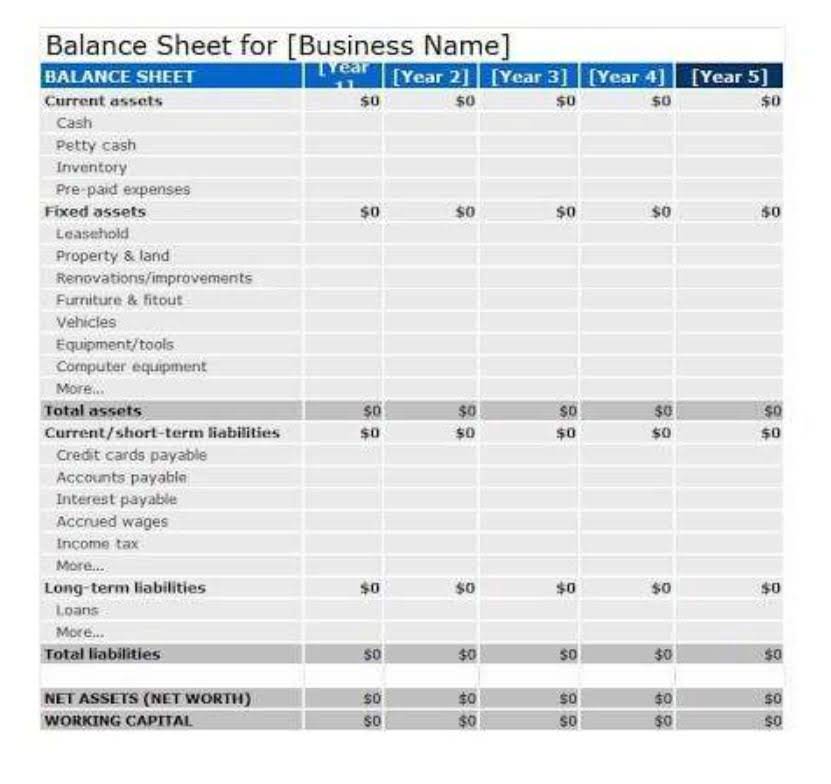Governmental And Nonprofit Financial Accounting What’s The Difference?
With all those crucial details and differentiators out of the way, you’re ready to manage your finances efficiently and effectively by getting your nonprofit accounting in tip-top shape. Let’s dive deeper into the captivating world of nonprofit accounting and unravel the intriguing distinction between accounting and bookkeeping Accounting for Churches in the nonprofit world. These two concepts are actually worlds apart, and grasping their distinctions will revolutionize the way you delegate responsibilities within your team—and the way you budget for impact.
Reporting and Compliance
- Some states even require a copy to make sure organizations are nailing their state charitable registration requirements.
- The focus is on transparency and accountability, enabling stakeholders to assess how effectively resources are being utilized.
- It is important to regularly review and update the annual budget based on the actual expenses and revenue generated from these shorter initiatives.
- We will further our understanding of the requirements and steps for 501(c)(3) qualification as well as identify potential events leading to the loss of tax-exempt status.
These methods reflect how each sector manages and reports its financial resources, ensuring transparency and accountability. Segregation of duties is a fundamental internal control practice, where responsibilities for financial transactions are divided among different individuals to reduce the risk of fraud. For instance, the person responsible for approving expenditures should not be the same individual who processes payments. Regular internal audits further enhance control measures by identifying potential weaknesses and recommending improvements. Additionally, nonprofits often establish comprehensive policies surrounding financial reporting and asset management, which can include regular reconciliations and approval hierarchies.
Hiring vs. Outsourcing Accounting Services
But while being a crusader for justice sounds pretty action-packed on paper, the reality is a bit less glamorous. In fact, one of the most important facets of a healthy nonprofit organization is good nonprofit accounting practices. Yep, success lies not in rescuing pygmy hippos from burning buildings (a crucial task, of course!) but in tallying numbers and balancing books. Unlike businesses that record revenue when a sale is made, non-profits often deal with donations and grants with different recognition criteria. Some funds may be restricted for certain uses, requiring careful monitoring and reporting.
- The income statement reports the revenues, gains, expenses, losses, net income and other totals for the period of time shown in the heading of the statement.
- The operating reserve ratio assesses financial stability by comparing unrestricted net assets to annual operating expenses, indicating the organization’s ability to sustain operations during downturns.
- Using a personal bank account and keeping a shoebox full of receipts isn’t going to cut it.
- Under the accrual basis of accounting, revenues are recorded at the time of delivering the service or the merchandise, even if cash is not received at the time of delivery.
- Nonprofit organizations may apply to the Internal Revenue Service in order to be exempt from federal income taxes.
Governmental Fund Types
Lastly, we will identify the two components of nonprofit net assets and differentiate between conditional and unconditional promises to give. Budgetary accounting serves as a foundational component of financial management within governmental and nonprofit entities, providing a framework for planning, monitoring, and evaluating financial performance. This system enables organizations to set financial objectives, allocate resources efficiently, and ensure that spending aligns with policy priorities. By establishing a detailed budget, entities can map out expected revenues and expenditures, creating a financial blueprint that guides decision-making throughout the fiscal period. The categorization of funds is guided by the organization’s objectives unearned revenue and donor restrictions.
- Many donors—especially major donors—make it a point to hold nonprofits accountable through their 990s.
- For example, a government agency receiving a federal grant must follow the Uniform Guidance regulations, which dictate specific cost principles and audit requirements.
- Financial reporting and standards form a fundamental distinction between government and nonprofit accounting.
- Budgeting for nonprofits can become complex when it involves several overlapping categories, such as grants, programs, function, and nature.
- Meanwhile, contributions require careful assessment to determine whether they are conditional or unconditional, affecting the timing of revenue recognition.
As we’ve discussed, nonprofits need to use fund accounting to keep track of different funding sources and their respective designations for specific purposes. This way, you’ll make sure all your resources are appropriately allocated and all your reporting is government and nonprofit accounting totally transparent. Government-wide financial reporting is a critical aspect of transparent and accountable financial reporting for state and local governments.
Nonprofits vs. For-Profit Corporations
Government and nonprofit accounting also differ from for-profit business accounting. Government and nonprofit businesses consume different assets—their budgets or collections—but those consumptions are not calculated as part of the organization’s overall health or net worth. Government accounting, for example, does not discriminate between the capital expenses and current revenue expenditures, tax collections, etc. Auditing of government accounts is principally a matter of making sure an agency complies with budgets and public policy.





